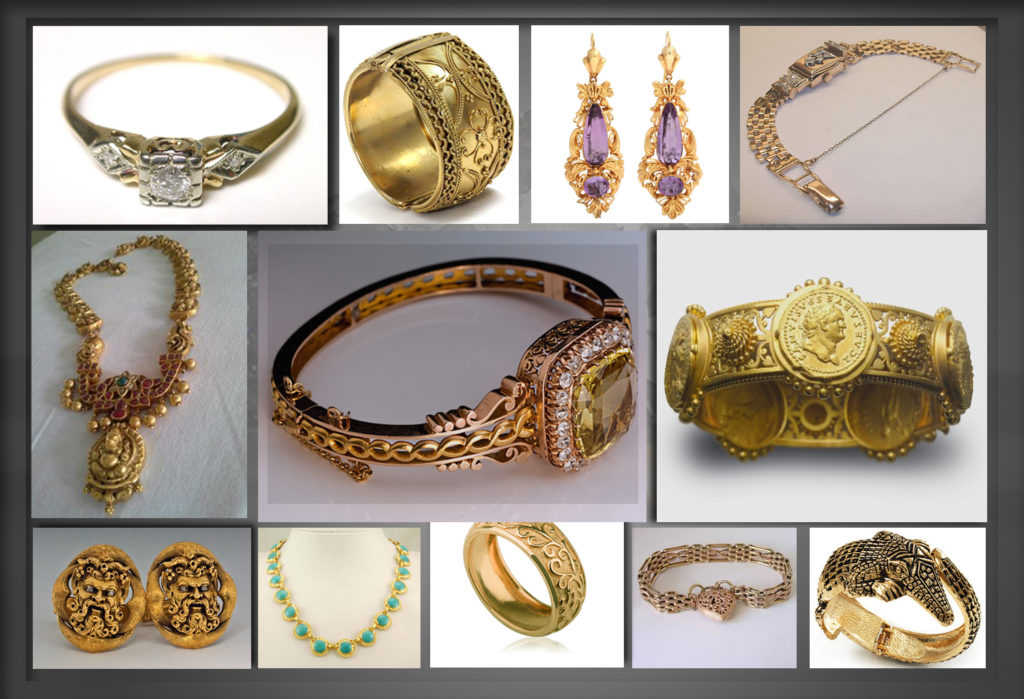Tracing the Process of Bullion from Mineral Processing to Market Delivery
Wiki Article
Gold has been a valuable material for thousands of years, treasured not only for its lustre but also for its usefulness in various fields. The journey of gold begins with raw material recovery, a technique that involves extraction. Miners prospect for gold veins in the earth, which can be found in different manifestations such as nuggets or grains combined with other minerals. There are several methods of mining, including placer mining and hard rock mining. Placer mining involves recovering gold in riverbeds, while hard rock mining requires digging deep into the ground to remove gold-bearing rocks. Both methods can be resource-heavy and require careful preparation to be successful.
Once the raw material is mined from the ground, it must be handled to isolate the gold from other elements. This operation usually starts with breaking the ore into small pieces, making it easier to process. After breaking, the ore is treated with agents to leach the gold. One common method is using cyanide, which attaches to gold and allows it to be isolated from other minerals. This step is critical because it increases the refinement of the gold and readies it for further refinement. The remaining waste are discarded as tailings, which must be controlled properly to avoid environmental harm.
After the gold is isolated from the ore, it goes through enhancement to achieve a higher level of quality. This look here step often involves heating the gold at high temperatures to remove undesirable elements. Various procedures can be used for refining, including electrolysis and cupellation refining. Electrolysis uses electricity to separate impurities from high-purity gold, while cupellation involves heating gold in a cupel furnace that extracts unwanted contaminants. The final product is typically 99.9% pure gold, ready for use in ornaments, technology, and other purposes.

Once refined, gold is cast into ingots or currency before being shipped to markets around the world. Gold ingots are commonly used by investment firms as a form of financial asset or reserve asset. Rounds are often crafted for numismatists or general exchange, depending on their style and rarity. Supply chains include bulk sellers and retailers who sell gold items to customers. The price of gold changes based on buyer interest and supply conditions, impacting how it is sold and traded worldwide.
The entire trajectory of gold from mining to global distribution highlights the complexity of this highly sought metal’s life cycle. Each step requires care and expertise to ensure that the final product meets regulatory requirements and meets consumer needs. Recognizing this lifecycle not only explains how valuable resources are extracted but also click resources reinforces the importance of responsible mining practices that safeguard both communities and the planet. As the appetite for gold continues around the world, acknowledging this sequence ensures that we honor its value beyond mere appearance, recognizing its place in our global infrastructure and civilization.